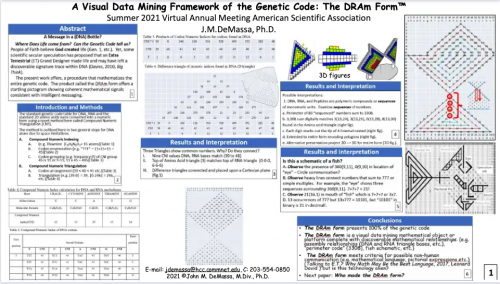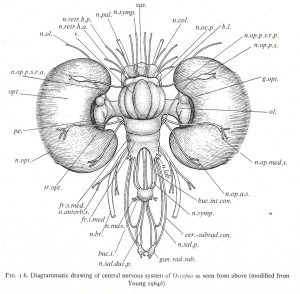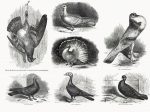I have no patience anymore. I was sent this video titled Evolutionists Have Been WRONG About Dinosaurs for Years from Answers in Genesis, and I was only able to watch the first 3 minutes.
It opens on two people, one claiming to be a paleoartist, the other a Ph.D. paleontologist. They have to be failures at those occupations because they also announce that they are employed by Answers in Genesis. At least, though, they are quick to state their objection. Is it reasonable to believe in feathered dinosaurs in a Biblical worldview?
Their answer is no.
They’re easily refuted, of course, just by showing a dinosaur fossil with feathers. That’s pretty stupid, you’d think, to frame up a target so easily shot down. But they have cleverly created an excuse in advance!
They show some clips from one of the Jurassic Park movies, and telling us that those are fake. Did you know that? That Hollywood magnified the size of dinosaurs and made them look flashier? And that the Pyroraptor holotype was fragmentary and lacked any feather impressions. If only the scientists would stop relying on movies for their data. Of course, they were instead relying on data from other specimens of dromaeosaurids that do have feathers. Those don’t count, though, because then they said the thing that made me close the video.
Evolutionists have been changing the meaning of words…to better fit their evolutionary worldview.
They’re making a definitional argument. Birds have feathers, and dinosaurs don’t, therefore any fossil found with feathers is a bird, not a dinosaur. See? Those dastardly scientists changed the meaning of the word “dinosaur!” That’s it. That’s all they’ve got. The universe is fixed and unchanging, just like the Bible says, and whenever a scientist finds evidence of species in flux, they’re wrong. Because the Bible tells them so.

















